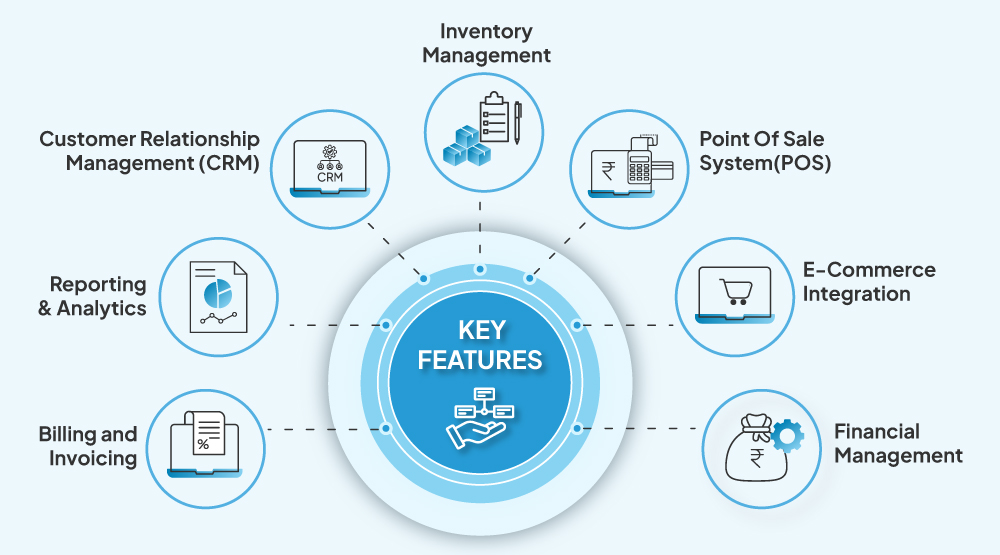Micro, Small, and Medium industries (MSMIs) play a crucial role in the economy, contributing significantly to employment and economic growth. These enterprises are typically defined by their size, with small industries having fewer than 50 employees and medium industries having between 50 and 250 employees.
While the specific criteria for categorizing businesses as small or medium may vary by country, these enterprises share common characteristics that set them apart from larger corporations. The majority of them are started by a single person or a group of like-minded people to make the enterprise big in the future. They are generally bubbling with ideas and enthusiasm. The group or individual leads the enterprise and pushes it ahead. Success depends on their ability to improvise, guide, and control all activities. It could also be a traditional family-managed enterprise. Leader makes all the key decisions and give directions to solve problems, satisfy customers, and expand the customer base to achieve growth. The leader has to juggle around the limited resources to keep the show running.
A defining characteristic of MSMEs is their close-knit organizational structure. Unlike larger corporations, where employees may feel disconnected from top management, employees in MSMEs often have direct access to company leadership. This creates a more inclusive and collaborative work environment, where employees feel valued and empowered to contribute to the company's success.
This involvement is immensely helpful. "Enthusiasm and will to succeed" of the owners keep the enterprise successfully crossing the hurdles posed on the way. But the market is very demanding and keeps the owners on their toes. This creates a lot of stress on the owners' minds. A steady progress in a sustained manner is ideal. Too fast growth puts a lot of pressure on the financial and other resources and sometimes it can be dysfunctional.
But under these trying conditions, the entrepreneurs keep making humongous efforts to keep the business growing, doggedly. Despite all these efforts, the survival rate of MSMEs is around 50% because of the challenges faced in the market, the shortage of resources, and the long cash cycles demanding an influx of cash continuously. Such fledgling business falters, many times. It is always the survival of the fittest in the business jungle. The leader has to protect his baby. The factors that matter and are required to be considered by the leaders are shown in the figure below.
These include:
- Customer is the purpose of the business venture. He expects goods and services to satisfy his needs and a good supporting relationship with the vendor.
- Vendors who are important extensions of the business resources.
- Timely delivery and service to customers.
- Involvement of employees and vendors to meet the goals.
- Innovation, Product, and Process Development to stay ahead in the market.
- Transparency with all associates to build trust and bond.
- Quality of Product to meet/exceed customer expectations.
- These factors apply to most enterprises, MSMEs and big enterprises.






